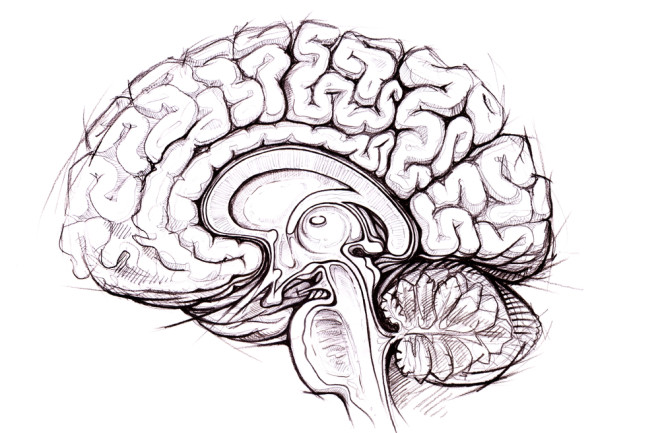How can we know the function of a region of the brain? Have we been approaching the problem in the wrong way? An interesting new paper from German neuroscientists Sarah Genon and colleagues explores these questions.
What Does Any Part of the Brain Do?

(Credit: Alena Hovorkova/Shutterstock)
Newsletter
Sign up for our email newsletter for the latest science news
0 free articles left
Want More? Get unlimited access for as low as $1.99/month
Stay Curious
Sign up for our weekly newsletter and unlock one more article for free.
View our Privacy Policy
Want more?
Keep reading for as low as $1.99!
Already a subscriber?
Find my Subscription
More From Discover
Stay Curious
Subscribe
To The Magazine
Save up to 40% off the cover price when you subscribe to Discover magazine.
Copyright © 2025 LabX Media Group

